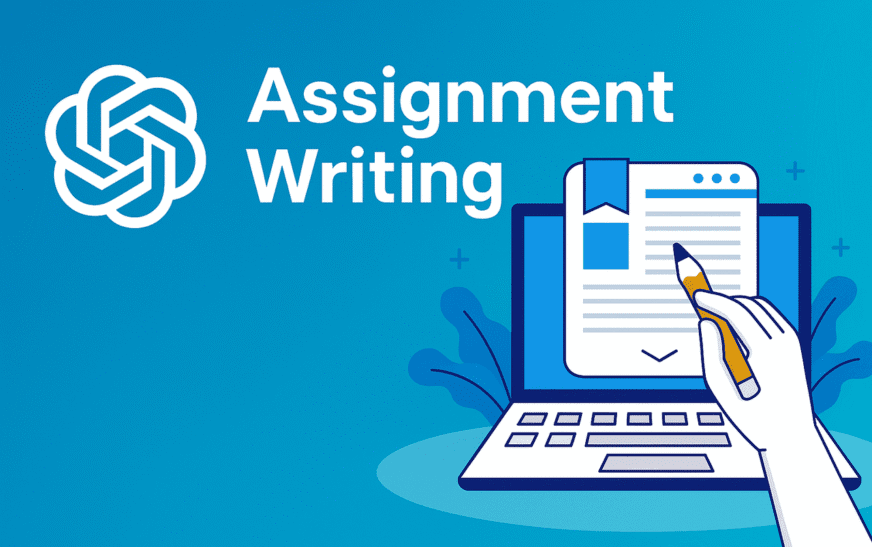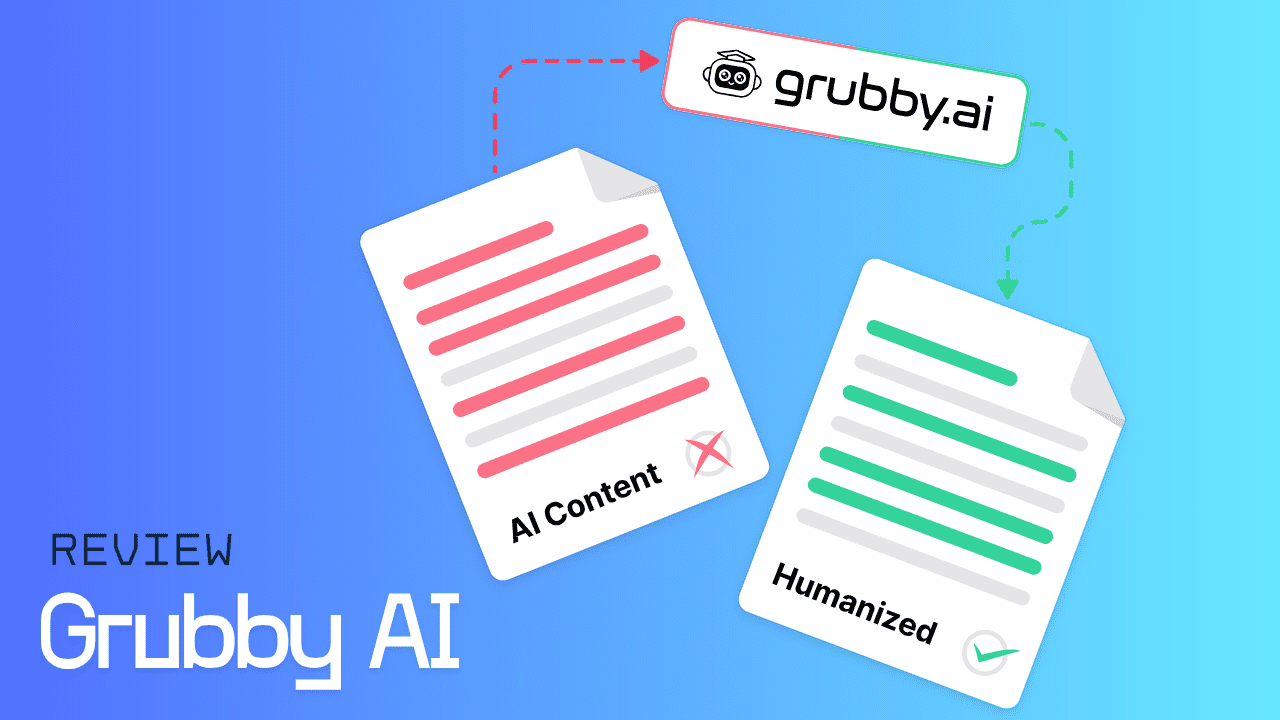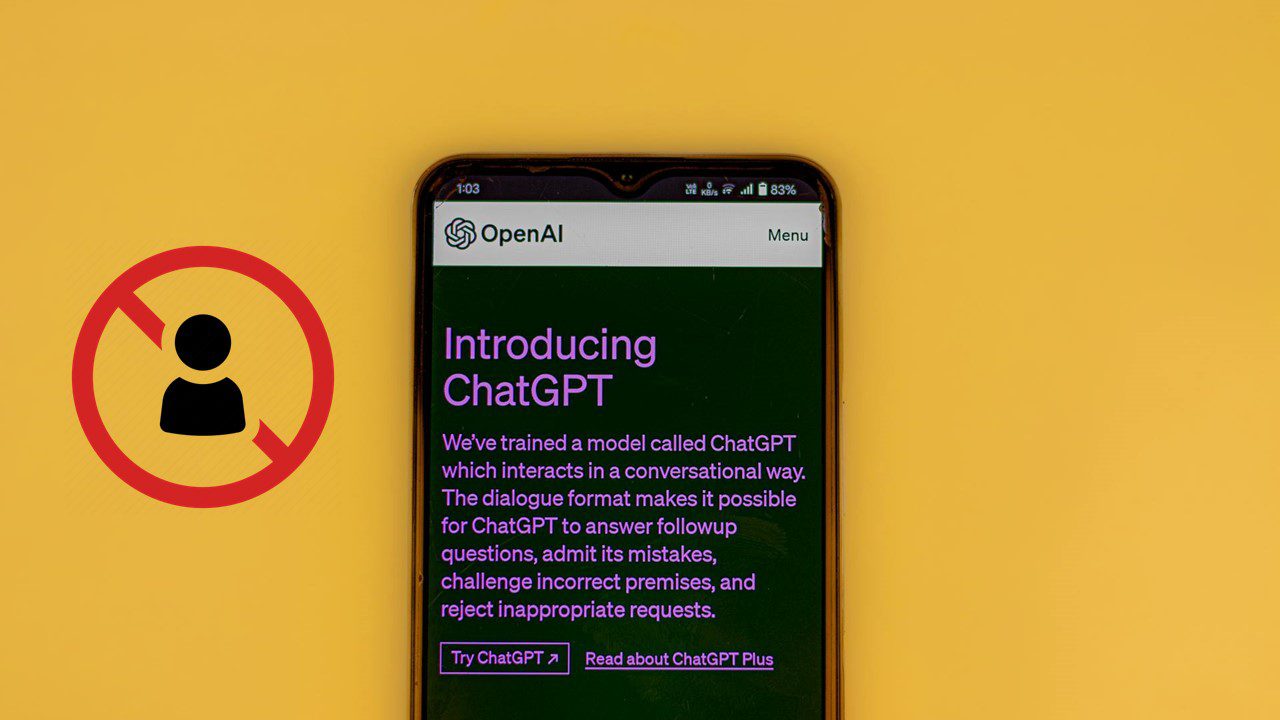Writing assignments can feel like a huge mountain to climb. But with the right ChatGPT prompts, you can make the process smoother, faster, and even a little fun. A good prompt tells ChatGPT exactly what you need, without making it sound too robotic or too vague.
In this guide, you’ll find some of the best prompts you can use to get ChatGPT to help you write better assignments — whether it’s planning, creating outlines, or polishing your final draft.
How to Write a Good Prompt for ChatGPT
Before we jump into the prompts, here are some quick tips:
- Know your goal – Are you trying to brainstorm ideas, get an outline, or rewrite something?
- Be clear and specific – Give enough details so ChatGPT understands exactly what you need.
- Keep it natural – Write like you’re talking to a friend.
- Provide context – Share your subject, audience, and any requirements from your teacher.
- Stay open-ended – Avoid simple yes/no questions.
1. Create a Full Course Outline
SUBJECT=[subject name], AUDIENCE=[target audience], DURATION=[course length in weeks], FREQUENCY=[number of lessons], TIME=[duration of each lesson] ~ Create a course outline with main modules, each focusing on a key aspect of the subject ~ For each module, list 3-5 learning objectives ~ Develop a detailed syllabus including topics covered, time allocation, and materials needed ~ Create a sample lesson plan for Module 1 with lecture content, exercises, and resources ~ Suggest assessment methods like quizzes or projects.Why it works: This prompt helps you get a ready-made structure for assignments, especially if they involve creating learning materials.
2. Design a Mini-Learning Program
Define the main topic and learning objectives for [subject] ~ Identify the target audience and their prior knowledge ~ Create a simple outline with main modules and sub-topics ~ Suggest fun learning activities and assignments ~ Add a few assessment ideas to check understanding.Why it works: It’s perfect for projects where you need to plan lessons or training materials in a simple, step-by-step way.
3. Creative Twist for Academic Topics
Write a poem in the style of Robert Frost that explains [topic]. Make it simple enough for beginners to understand.Why it works: Turning a topic into a poem is a great way to make your assignment unique and memorable — especially if creativity is part of the grading.
4. Help Me Get Started Prompt
Please ask me all the questions you need before writing my assignment on [topic]. This will help you understand exactly what I need.Why it works: This flips the process — instead of you guessing what to include, ChatGPT asks you the right questions first.
Also Read: Three plus ways ChatGPT helps me in my Academic Writing
5. Summarize and Tighten an Assignment
Cut the length of this assignment draft by 30% while keeping the main points clear and making it easy to read for [audience].Why it works: Perfect for when your assignment is too long and needs trimming without losing important details.
6. Brainstorm Title Ideas
Write 10 alternative titles for my assignment on [topic] that sound interesting and easy to understand.Why it works: Titles matter! This helps you get a list of options to choose the one that grabs attention.
Have Fun with It
Writing prompts isn’t just about getting work done — it’s about making the process less stressful. Try mixing prompts, adding creative twists, or asking ChatGPT to explain things in different ways until your assignment feels polished and ready to turn in.










